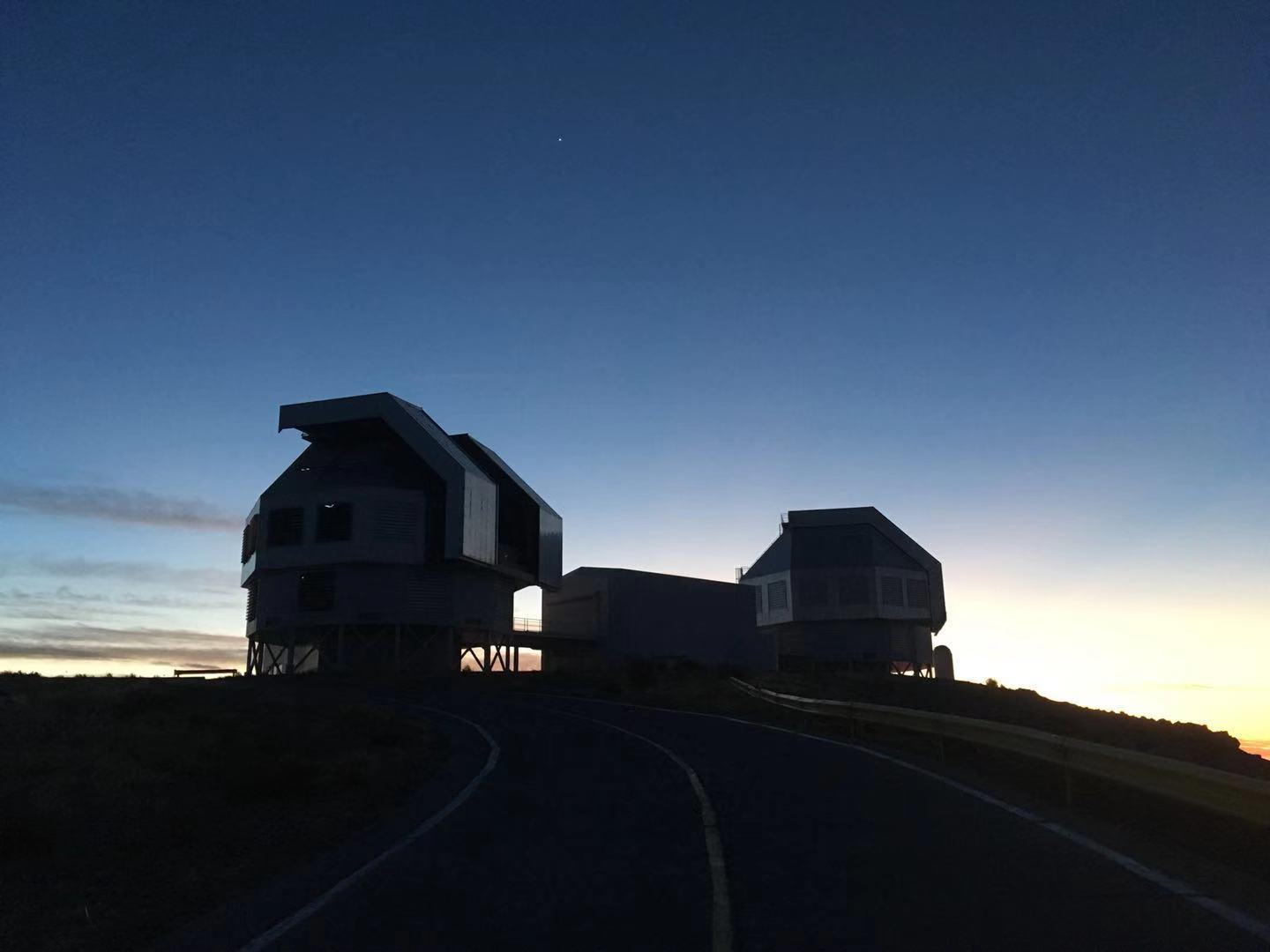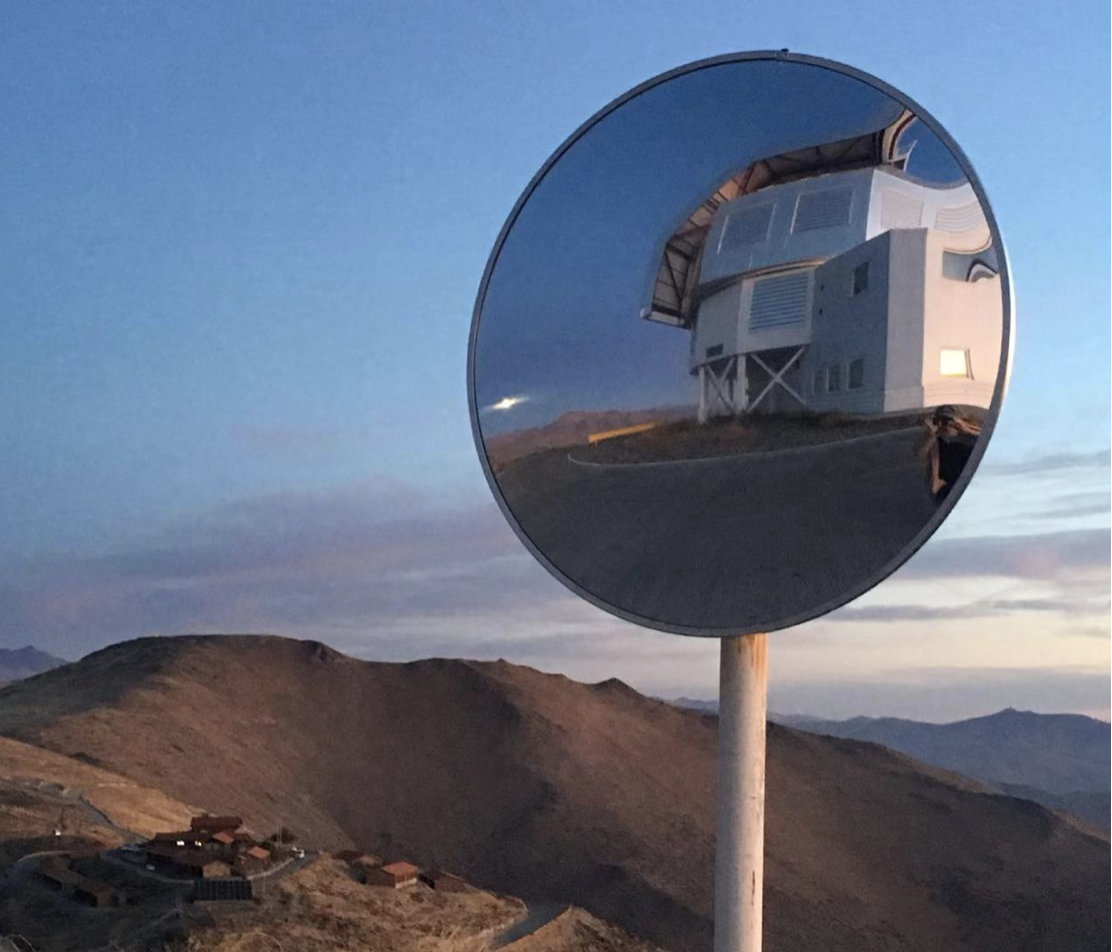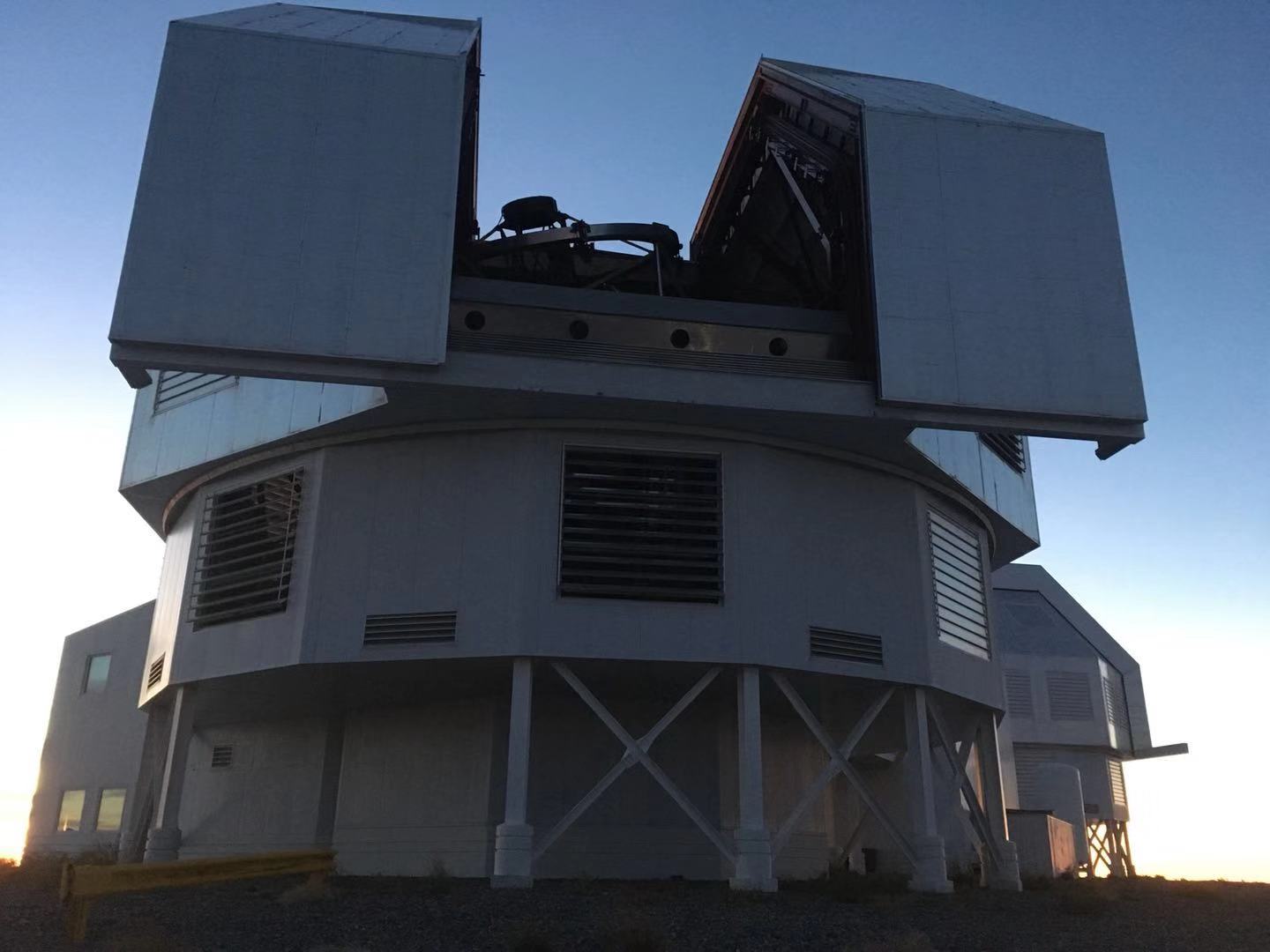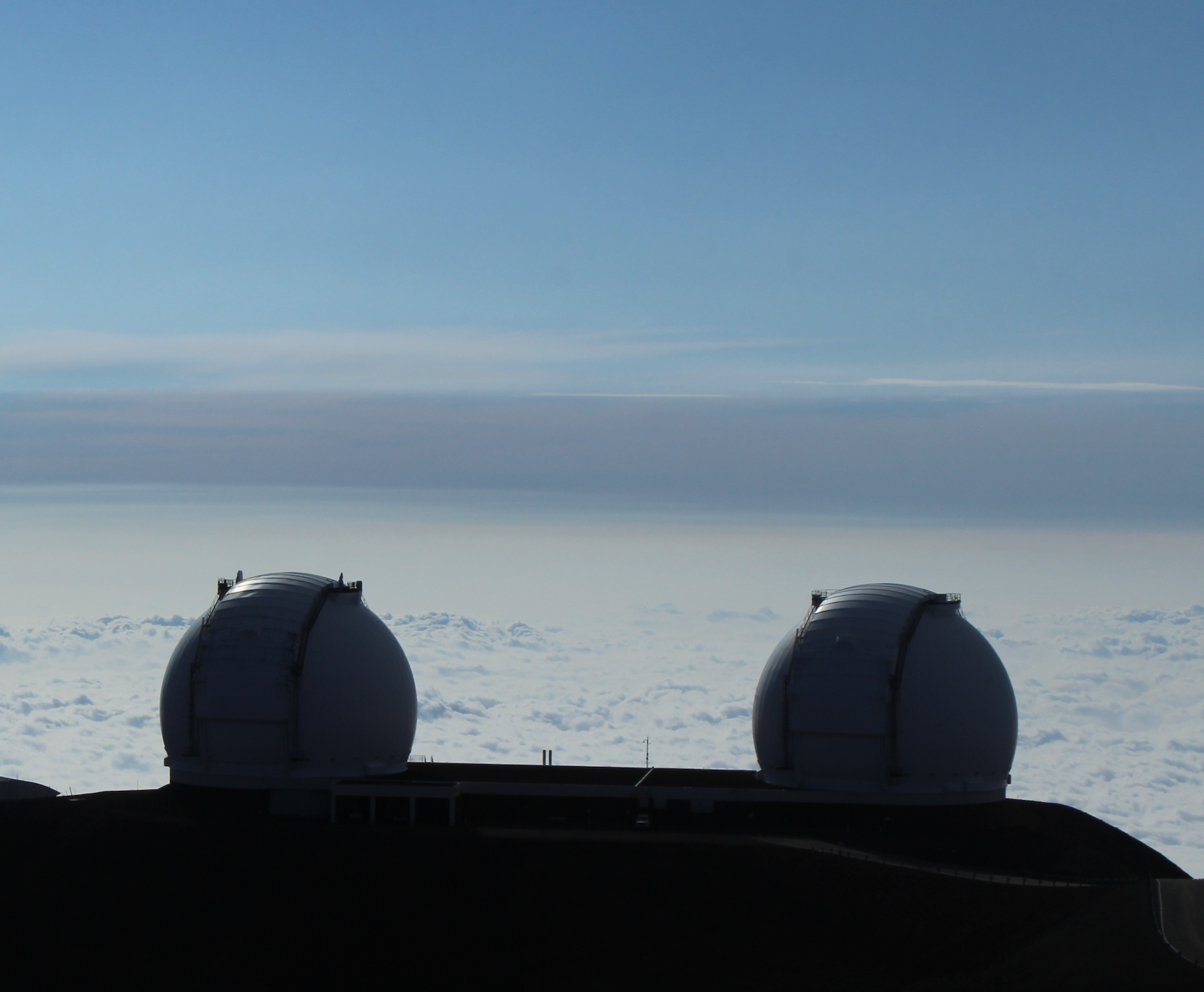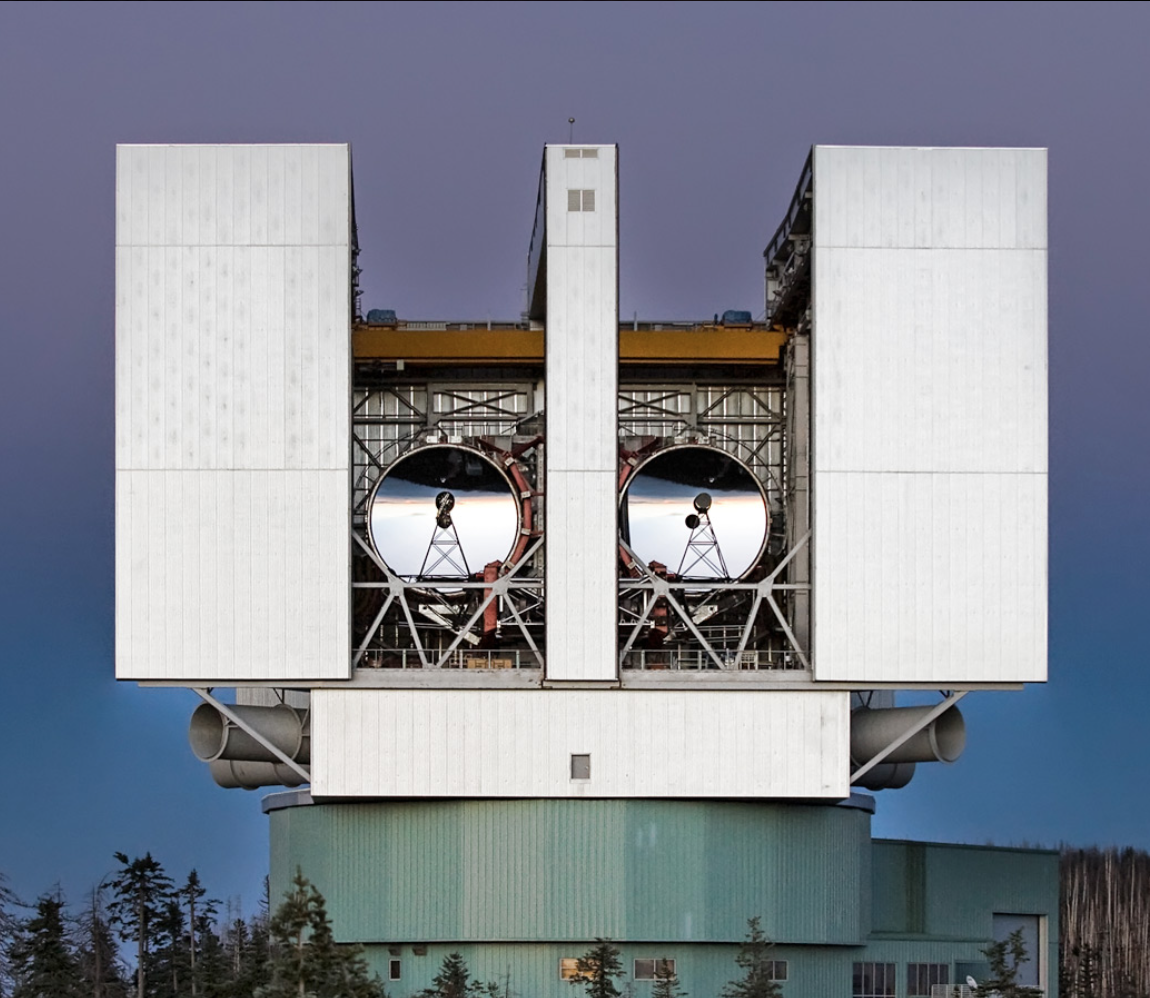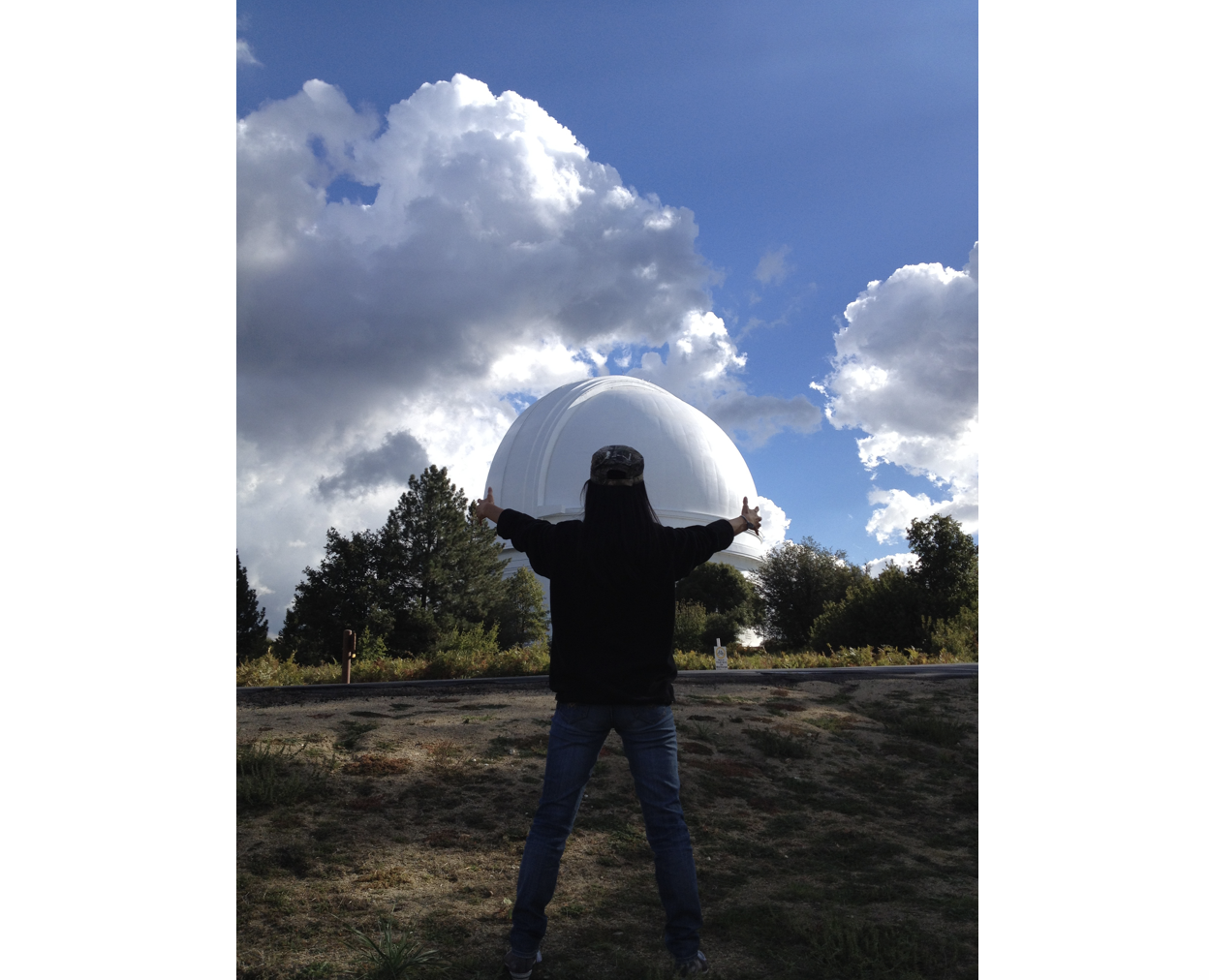I am an astronomer focusing on observational projects and have been observing with the largest telescopes over the world. One of the most exciting things to me is observing on the top of a mountain and pointing the telescope at a target which is quite far away from us in space-time. I am interested in observations from optical and near-infrared to submillimeter wavelength. I have over 30 nights observing experience on 8-10 meter class optical/near-infrared telescopes, over 80 nights of observing experience on 5-6.5 meter class telescopes, and over 60 nights of observing experience on 2 meter class telescopes. In addition, I also experienced with submillimeter observations with JCMT.
Selected Successful Observing Proposals (PI, Co-PI, or Technical Contact):
JWST Cycle 3, 263 hours, COSMOS-3D: A Legacy Spectroscopic/Imaging Survey of the Early Universe. Co-PI
JWST Cycle 3, 16 hours, Investigating an Extreme [OIII] Outflow Discovered in a Reionization-era Luminous Quasar. PI
JWST Cycle 3, Parallel 600 hours, SAPPHIRES: Slitless Areal Pure-Parallel High-Redshift Emission Survey. Co-PI
JWST Cycle 2, 45.3 hours, Mapping the Most Extreme Protoclusters in the Epoch of Reionization. Co-PI
JWST Cycle 1, 65.5/8.1 hours, A Comprehensive JWST View of the Most Distant Quasars Deep into the Epoch of Reionization. Co-PI & Contact
JWST Cycle 1, 6.0 hours, Monster in the Early Universe: Unveiling the Nature of a Dust Reddened Quasar Hosting a Ten-Billion Solar Mass Black Hole at z = 7.1. PI
JWST Cycle 1, 16.3/5.6 hours, Mapping a Distant Protocluster Anchored by a Luminous Quasar in the Epoch of Reionization. Co-PI
ALMA Cycle 9, 29.8 hours, The Assembly of the Earliest Massive Quasar Host Galaxies. PI
ALMA Cycle 9, 6.8 hours, A Multi-wavelength View of the Host Galaxy of the Earliest Supermassive Black Hole in the Universe. PI
ALMA Cycle 9, 99.9 hours, A SPectroscopic survey of biased halos In the Reionization Era (ASPIRE): An ALMA/JWST Quasar Legacy Redshift Survey. Co-PI
ALMA Cycle 8, 36.5 hours, The Assembly of the Earliest Massive Quasar Host Galaxies. PI
ALMA Cycle 8, 1.7 hours, Unveiling the Nature of a Dust-reddened Quasar Hosting a Ten-Billion Solar Mass Black Hole at z=7.1. PI
ALMA Cycle 6, 15.8 hours, ALMA Mapping of the Most Distant Proto-Cluster. PI
ALMA Cycle 6, 13.8 hours, A Magnified View of Black Hole/Galaxy Co-Evolution in the EoR. Science PI & Technical contact
ALMA Cycle 6, 5.7 hours, A Pilot Survey Towards the First Direct Black Hole Mass Measurements at z~5. Co-I and Technical contact
HST C27, 9 orbits, Probing SMBH/Galaxy Co-Evolution with a Gravitationally Lensed Quasar. PI
HST C26, 2 orbits, The Most Distant Gravitational Lensed Quasar at z=6.5. Science PI & Technical contact, DDT
VLT P109, 36.4 hours, Probing Cosmic Reionization and Supermassive Black Hole Growth with Three New Luminous z ∼ 7 Quasars. PI
Keck 19A-20A, 7 nights, Probing Cosmic Reionization with Newly Discovered z~7 Quasars. Science PI & Technical contact
Keck 18B, 2 nights, Probing Cosmic Reionization and Super-Massive Black Hole Growth with Newly Discovered z~7 Quasars. Science PI & Technical contact
Gemini 20A, 12.5 hours, Exploring Reionization-era Quasars: A Complete Near-IR Spectroscopic Survey of z ≳ 6.5 Quasar Sample. PI
Gemini 19B, 13.2 hours, Probing Cosmic Reionization with New z>6.5 Luminous Quasars. PI
Gemini 19A, 13.7 hours, Probing Cosmic Reionization and SMBH Growth with z~7 Quasars. Science PI & Technical contact
Gemini 18FT, 5.7 hours, Observations of Three Newly Discovered Quasars at z ~ 7. PI
Gemini 18FT, 10 hours, GNIRS Observations of Two Newly Discovered z>6.7 Quasars. PI
VLA 22A, 93.24 hours, A Multi-wavelength Quasar Legacy Survey: Radio Emission from the Earliest SMBHs. Co-I and Technical contact
VLA 19B, 13.8 hours, Probing ISM of the FIR Brightest Quasar Host at Reionization Era. PI
VLA 18A, 3.0 hours, Radio Continuum Emission from the Most Luminous Quasar Host. PI, DDT
Chandra Cycle 24, 200 ks, Unveiling the Nature of a Dust Reddened Quasar Hosting a Ten-Billion Solar Mass Black Hole at z=7.1. PI
XMM AO19, 70 ks, The Formation of the Most Massive Supermassive Black Hole at z=7.5. PI
XMM AO19, 130 ks, A Magnfied X-ray View of the Most Distant Lensed Quasar at z=6.5. Science PI & Technical contact
SOFIA Cycle 8,12.7 hours, Probing IR SED of a Bright, Gravitationally Lensed Quasar in the Reionization Epoch with SOFIA. PI
NOEMA 21S,9 hours, Unveiling the Nature of a Dust-reddened Quasar Hosting a Ten-Billion Solar Mass Black Hole at z=7.1. PI
NOEMA 19W , 24.0 hours, A Comprehensive Study of Quasar Host Galaxy at z>6.5. PI
NOEMA 19W , 10.5 hours, Characterizing the ISM and Gas Excitation in the Most Luminous Quasar. Co-PI
NOEMA 19S ,11 hours, Probing the ISM Properties of a Bright, Gravitationally Lensed Quasar Host. Co-PI
NOEMA 19W, 2.0 hours, FIR Properties of an Outstandingly Luminous Young Quasar. Co-PI, DDT
JCMT 17B-18B, 22 hours, Dust Emission in Luminous Quasars at z>6.5. PI
JCMT 18A, 2.0 hours, Dust Emission from the Most Luminous Quasar Host in the EoR. PI, DDT
JCMT 17B, 12 hours, Dust emission in Luminous Quasars at z>5. PI
Hale 5m, > 15 nights, Complete the uniform z~5.5 quasar sample. & Study black hole masses of luminous z~5 quasars. PI
LBT, > 15 nights, Probing Cosmic Reionization with New 6.5 ≤ z ≤ 7 Luminous Quasar Sample. PI
Magellan, > 20 nights, A Survey of Luminous Quasars at z>7. PI
MMT, > 20 nights, A Survey of Luminous Quasars at z>7. PI

